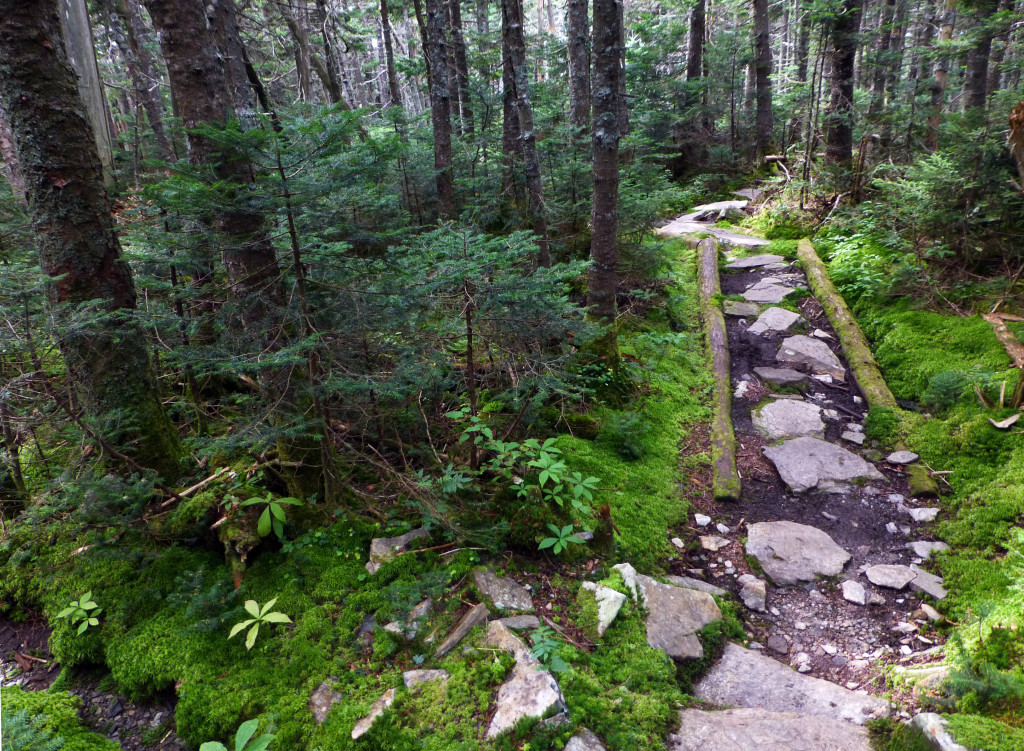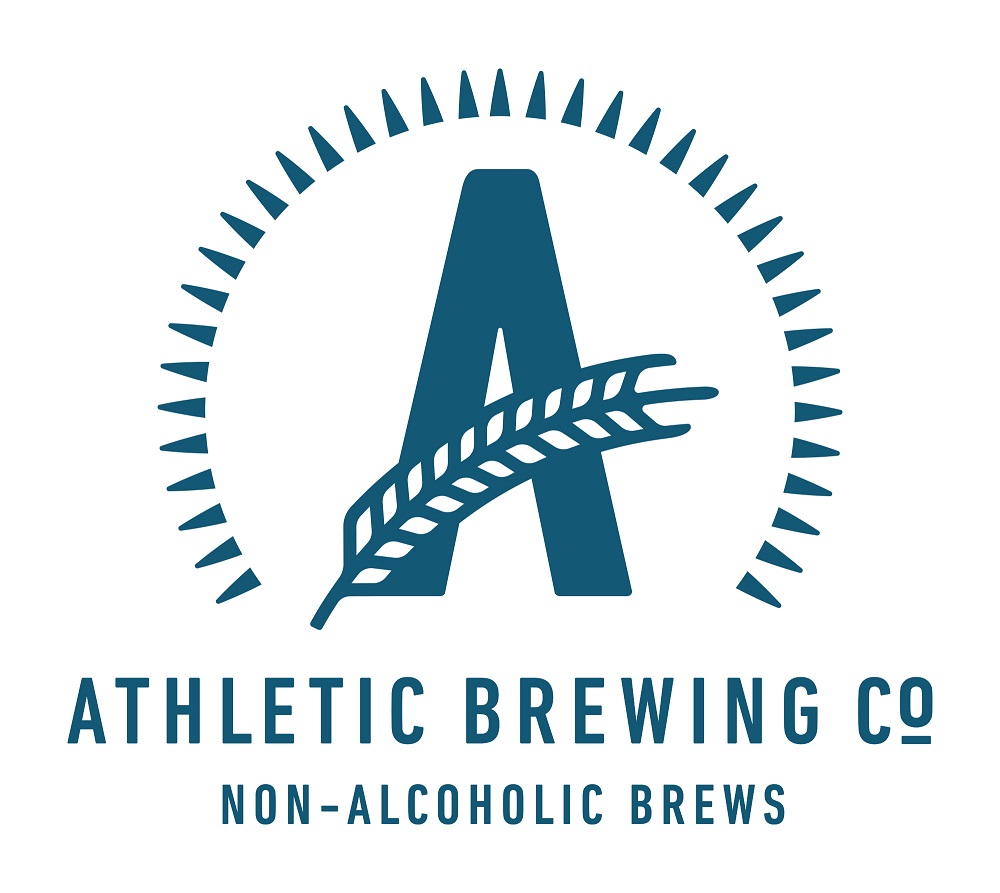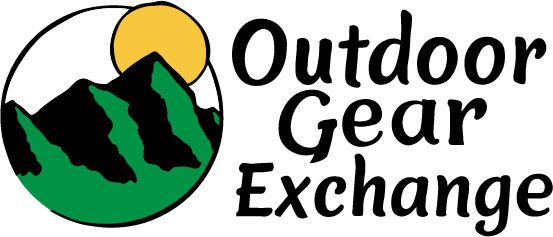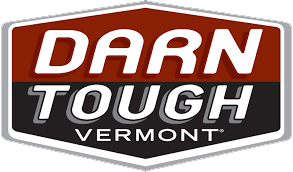
In the past year, much attention has been paid to the role of outdoor recreation in the social, economic, and environmental health of our society. In Vermont, there seems to be a wave of interest around the potential of organized outdoor recreation as a community development tool.
As one example, in the first year of the VOREC (Vermont Outdoor Recreation Economic Collaborative) community grant program, proposals from across the state were submitted with a request of over $1.7 million. The $100,000 in available funding is a great start but doesn’t come close to the investment needed to meet the demand for outdoor recreation development in Vermont communities.
As a member of the VOREC steering committee, I participated in a number of community meetings over the past year. Over and over, recreation (specifically trails) was identified as a tool to attract and retain residents, families, and tourism dollars. Outdoor recreation and trails were listed as one of the main anchors of the community. The diversity of recreation resources varied from community to community, too. Some were focused on ATV and snowmobile trails, while others were focused on community multi-use paths, hiking, and mountain bike trails.
Most recreation trails in Vermont are locally developed and built and maintained by nonprofit organizations and a dedicated corps of community volunteers and supporters. Vermont’s recreation trails are valued by residents and communities, but how important are they economically?
A few years ago, I went to find out what the economic impact of trail-based recreation was in Vermont. I met with the folks at the VT Department of Marketing and Tourism that track the impact of different recreation sectors in the Vermont economy. I was surprised to learn that there wasn’t really good data on the economic impact of trail-based recreation and the perception was that the sector probably doesn’t move the needle that much, at least when compared to alpine skiing, golf, and water-based sports.
Fortunately, better data has been produced recently and they show that trail-based recreation really does make a difference:
- The economic value of recreation accounts for $2.5 Billion in consumer spending in Vermont. Forest-based recreation accounts for $1.9 Billion in spending (Gund Institute).
- A 2016 VT Trails and Greenways study of 4 trail organizations (Green Mountain Club, Vermont ATV Sportsman’s Association, Catamount Trail Association, and Kingdom Trails Association) showed that over $30 Million in Vermont economic activity was supported by the use of these trail networks annually.
Outdoor recreation moves the needle nationally, too. The Outdoor Industry Association estimates that outdoor recreation contributes $734 billion to U. S. gross output. And last year, Congressman Welch (VT) sponsored a bill that passed the House of Representatives to quantify job creation and consumer spending as it relates to the outdoor recreation industry as part of US GDP.
Vermont’s outdoor recreation resources are a treasure and to date have been largely built and maintained by local communities, volunteers, and nonprofit organizations. But volunteers and nonprofits alone aren’t enough to support Vermont’s growing outdoor recreation infrastructure. As the saying goes, you measure what you treasure. The more that we in Vermont are able to quantify the value and economic impact of organized outdoor recreation, the better we will be able to develop policies and funding mechanisms to support these resources, which includes our work at the Green Mountain Club protecting and maintaining the Long Trail System.



















Thank you Mike for this work & helping us to all be aware of the economics of outdoor recreation. Perhaps a topic for a GMC hosted engagement? We would be happy to help host this! Ted Albers, President, Burlington Section
Your comment about the lack of good data should be emphasized. We can count cars in the Orvis parking lot and perhaps at Barnes Camp and get a rough approximation of the tourist impact. More subtle benefits are harder to measure. In particular, I am thinking of the long-term wish that our state attracts new residents who work remotely via the internet. My guess is that my town, Middlesex, will attract people who can imagine taking a mid-day break from their computer and pop up Mt Hunger or bike or walk along our unpaved roads.
Lovely article. Does anyone know where the photo was taken? Thank you.
It was taken north of Stratton Mountain as you descend to the pond.
Hiking and backpacking seem to coexist on a plane with folk music, John Muir and a mythic past that connects us to the native, original inhabitants of this country. My husband and I just re read John McPhee’s iconic book on the subject, “Coming Into The Country”. There are a lot of voices in that book but probably the biggest discussion and concern is whose running the show in an area cherished for the rare taste of wilderness. This will always remain a concern for people who are the caretakers of these wild places. On the other hand, it has become enormously expensive to maintain preservation land and patronage through non profit development has become necessary. I see the future you described as a necessity and hope that the vision includes the idea that hikers are participating in the folklore of America reaching deep into a mythical past to wilderness which is becoming increasingly difficult to find.
When I click on the link for the Gund Institute it does not take me to the source for “The economic value of recreation accounts for $2.5 Billion in consumer spending in Vermont. Forest-based recreation accounts for $1.9 Billion in spending.” And I can’t find the source for these numbers from searching their site. Could you advise on where these numbers came from?
Hi Bryan. I’ve updated the link above to take you directly to the study mentioned.